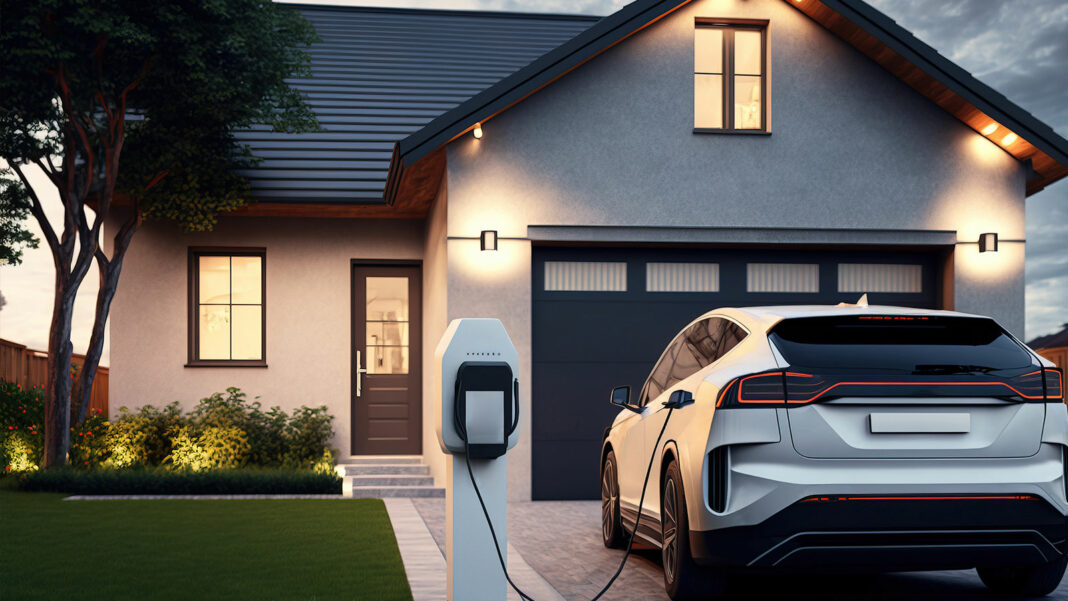With over two decades of experience in the energy sector and a specialized certification in renewable energy integration, I’ve witnessed firsthand the transformative power of technology in shaping our energy landscape. One such groundbreaking innovation is the Vehicle-to-Grid (V2G) technology. But what exactly is V2G, and why is it being hailed as a game-changer for our energy grids and electric vehicle (EV) infrastructure?
What is V2G?
Simply put, V2G technology allows electric vehicles to function as energy storage devices, providing a two-way flow of power between the vehicle and the electricity grid. This means that EVs can not only draw power from the grid to charge their batteries but also supply excess power back to the grid when not in use. Think of today’s EVs as massive batteries on wheels, with a significant capacity to store and discharge energy.
Why is V2G Important?
- Cost Savings: EV owners can earn money by selling excess power back to the grid, reducing the overall cost of vehicle ownership.
- Grid Stability: V2G can help balance the grid by providing additional power during peak demand and stabilizing frequency and voltage fluctuations.
- Integration of Renewables: V2G can assist in integrating intermittent renewable energy sources, such as wind and solar, into the grid.
- Reduction in Emissions: By promoting the use of renewable energy and reducing reliance on fossil fuel-based peaker plants, V2G can help mitigate greenhouse gas emissions.
Challenges Ahead
But is it all smooth sailing? Not quite. There are concerns:
- Battery Degradation: Repeated charging and discharging can lead to increased wear and tear on the EV batteries.
- Compatibility Issues: Different EVs have varying battery chemistries and charging profiles.
- Technical and Regulatory Barriers: Current charging infrastructure might not be equipped for V2G, and there are safety and liability concerns2.
- Privacy and Security: Data collection and sharing associated with V2G raise privacy issues, and the technology could be vulnerable to cyber-attacks.
The Road Ahead
So, where does this leave us? The potential of V2G technology is undeniable. The global vehicle-to-grid technology market size is projected to reach $17.43 billion by 2027. With giants like Volkswagen moving ahead with V2G bi-directional battery charging technology, the future looks promising. However, for V2G to be widely adopted, we need continued investment in research, development, and regulatory frameworks to ensure safety, reliability, and interoperability.
Final Thoughts
Are we on the brink of a revolution in how we use and store energy? Can V2G technology truly unlock the full potential of sustainable energy sources? Only time will tell. But one thing is certain: as we transition to a more sustainable energy future, innovations like V2G will play a pivotal role.
So, to businesses and stakeholders in the energy sector, I pose this question: Are you ready to harness the power of V2G and drive the future of energy storage and grid stability?
